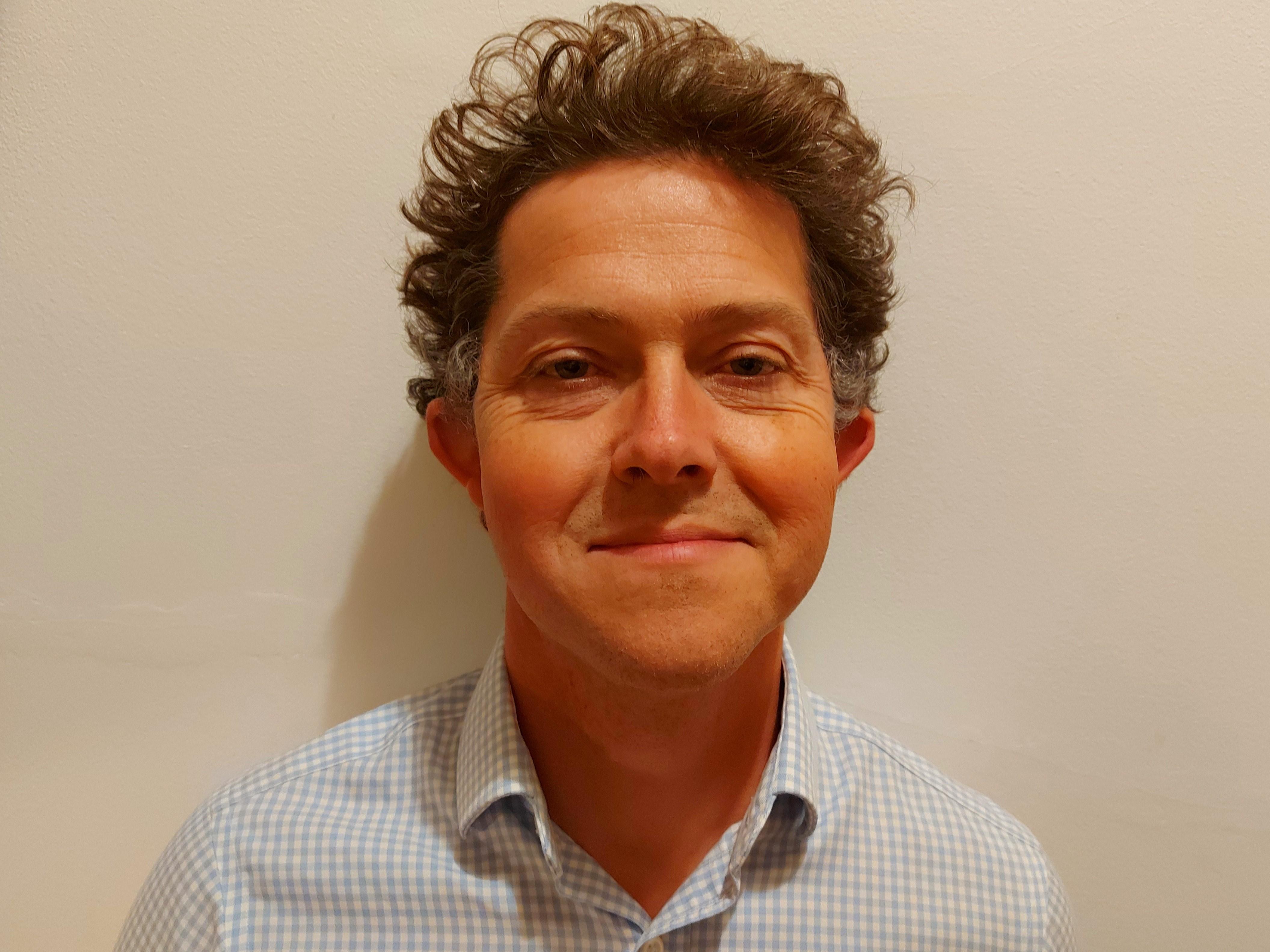Continuous Intra-operative Nerve Monitoring (cIONM)
Spire Southampton in conjunction with James Kirkby-Bott are the only site in the region routinely using continuous intra-operative nerve monitoring (cIONM) during every operation.
This cutting edge technology improves voice preservation and airway protection. It continually monitors nerve function and warns James of changes in wave signal that precede functional nerve damage that causes altered voice and recurrent chest infections.
